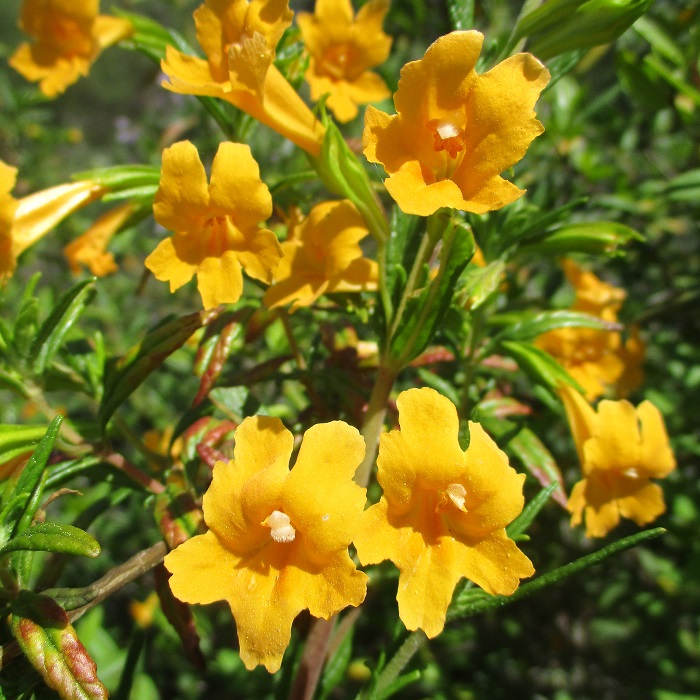UNITED STATES—Vegetation make people feel closer to nature. It is, after all, what most of us expect to see out in the wild. Most vegetation that is observed in forests and undeveloped areas really is natural. Much of the associated insects and wildlife are natural as well. Such flora and fauna know how to survive within their respective ecosystems. They cannot rely on any unnatural intervention from anyone.
Naturalized exotic (non-native) species proliferate only because they are adapted to similar environmental conditions. A lack of pathogens that afflicted them within their natural ranges is a major advantage for most of them. Nonetheless, they are unnatural components of what is commonly considered to be nature. Most naturalized exotic species actually interfere significantly with nature.
Vegetation and associated wildlife that inhabits synthetic landscapes is very different from that which lives out in nature. Only some of the vegetation has potential to naturalize. Even less is native. Almost all of it is reliant on artificial intervention for survival, particularly irrigation. Associated wildlife is reliant on the survival of the reliant vegetation. Landscapes accommodate. Nature does not.
So, how practical is nature?
With few exceptions, landscapes that emulate nature are impractical. Landscapes within forests are some of those few exceptions that might need no more than what the forests provide. Even in such situations, combustible vegetation and structurally deficient trees should be cleared away from homes. In California, nature is innately combustible. It is messy and potentially dangerous too.
Most urban landscapes of California would still be dreadfully bleak if limited to natural components. Both San Jose and Los Angeles are naturally chaparral regions. They were formerly inhabited by sparsely dispersed trees on scrubby grasslands. Now, relatively abundant vegetation in both regions is more appealing, and improves urban lifestyles, but is nothing like what nature intended.
Nature is simply inadequate for what is expected of urban landscapes of California.
Highlight: sticky monkey flower
What a silly name this is! Sticky monkey flower, Diplacus aurantiacus (or Mimulus aurantiacus), is native to a broad range of ecosystems of California and the Northern Coast of Baja California. It is famously happy in situations that are too rocky or sandy for most other species. The resinous foliage really can be rather sticky during warm weather. The relevance to a monkey is a mystery.
Sticky monkey flower is more popular among hummingbirds and insects than anyone else. Those who welcome hummingbirds and insects into their garden happen to like it too. Honestly though, it might a bit too casual for refined landscapes. It works better in or on the outskirts of rustic gardens. If not already growing wild, cultivars and the straight species are available in some nurseries.
Bloom begins late in winter or early in spring, and might continue through summer, but is rarely impressively prolific. The bisymmetrical and tubular flowers are about three quarters of an inch long. Almost all are pastel orange, sort of like circus peanuts. Gold and yellow are uncommon. Supposedly, there are rare cultivars that bloom in red or white. Mature plants get more than three feet tall.
Horticulturist Tony Tomeo can be contacted at tonytomeo.com.






